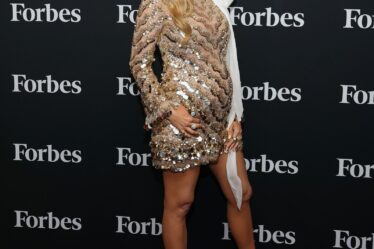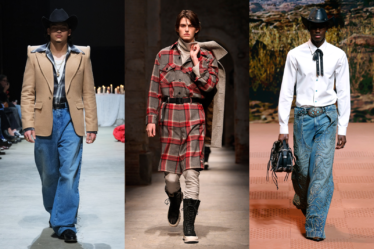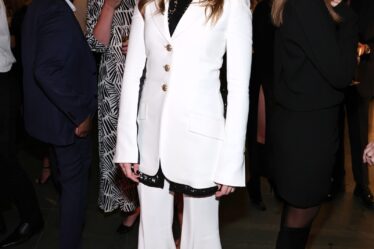
The Moscow-based fashion e-commerce giant reported a turnover of 289.2 billion roubles ($4 billion) in the first quarter of 2022, a 95 percent increase year-on-year, in spite of sanctions imposed on both the company and its founder by some countries where it once operated and the exit of many foreign brands from its marketplace.
Wildberries, Russia’s largest online retailer, said its total number of orders more than doubled to 288.7 million. Perhaps counter-intuitively, sales improved in February and March as Western brands began exiting the Russian market, as the emptying of physical retail spaces and malls meant more people turned to shopping online. By mid-April, the company leaned in to the rise of patriotic shopping for domestic brands by launching a “Made in Russia” section, which now has 10,000 brands.
However, the company’s outlook is clouded by the financial crunch facing many consumers in Russia in the face of widespread sanctions over the country waging war in Ukraine, and by sanctions directed at both Wildberries and its founder Tatiana Bakalchuk.
Ukraine introduced sanctions on the firm last year. The Polish government recently introduced sanctions because of its connection with Russia’s VTB bank (which is also the subject of sanctions). Elsewhere, it is unclear how much longer the etailer will continue operating in countries which are in the US-led alliance with Ukraine.
Prior to the war in Ukraine, Wildberries operated across international markets in the immediate region such as Kazakhstan, Armenia, Belarus, Ukraine and Kyrgyzstan, as well as central and eastern European countries such as Poland, Slovakia and Germany. In early 2021, the company was eyeing expansion to key western European fashion markets like France, Spain and Italy.
Wildberries reported a full-year 2021 turnover increase of 93 percent year-on-year to 844 billion roubles, propelled by a pandemic-era uptake in online shopping.
Learn more:
What Russian Sanctions Mean for Fashion
Navigating sanctions on Russia requires ‘constant vigilance and flexibility’ from brands and retailers. Here’s what you need to know.



